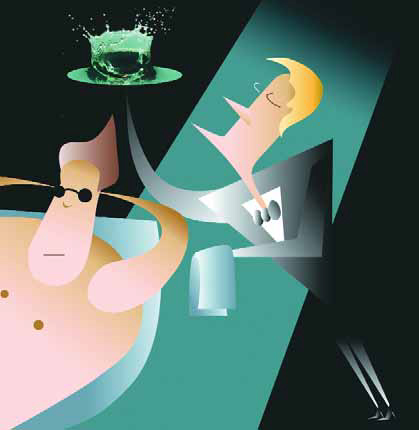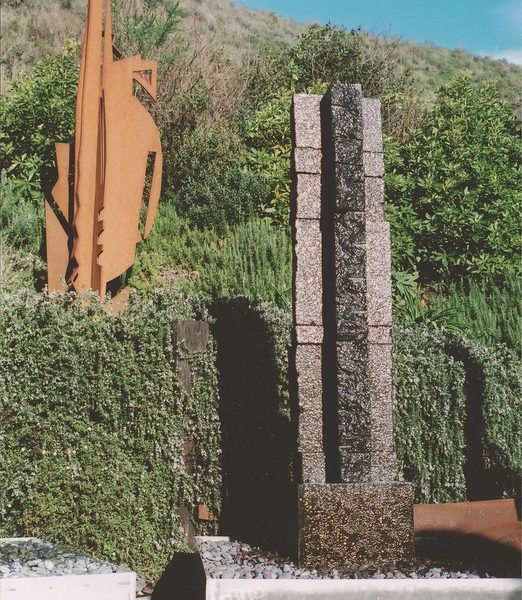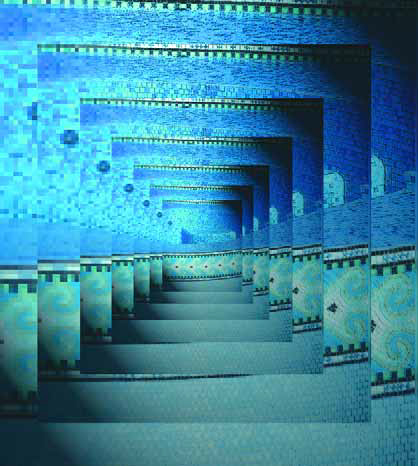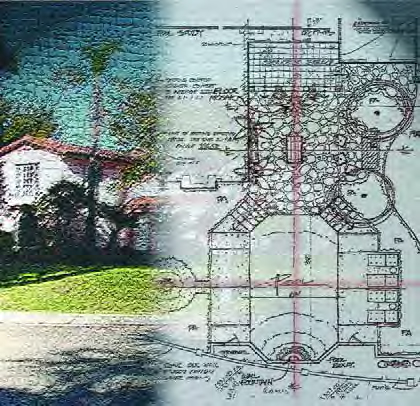I've always loved the word "pamper." I love its meaning, I like the way it sounds and, most of all, I think it's the perfect verb for us Baby Boomers, because I know as we slide through middle age and head toward retirement, a word that means "to treat with excessive indulgence, gratify desires or coddle" will only grow in usage and importance. As I've pointed out many times, I'm a big proponent of indulging in the good life and gratifying one's needs for pleasure and enjoyment. One of the places you can go to plunge headlong into such indulgence is what some people call
For the most part, we keep things positive in the pages of WaterShapes, and for good reason: With so much inspiring and amazing work taking place every day in all corners of the watershaping trades, negative subjects seldom
Creating granite waterfeatures is not unlike the delicacy of deep-water yacht racing: Racing big boats across the open sea requires intuitive sense in harnessing the raw powers of nature, much as do the creative insights needed to take raw monoliths from quarry walls and produce elegant expressions that reflect our primal essence. Both endeavors must gracefully balance the unbridled forces of nature. In yacht racing, wind and waves must be brought into harmony with a yacht's unique rigging and sails by its skipper and crew. With granite waterfeatures, an innate sense of harmonic balance must be struck between granite and/or water, the landscape and the human observer's ability to appreciate solemnity. In my case, these harmonies have consistently been found in asymmetry. Indeed, I've come to feel confident with the premise that people are, knowingly or not, drawn to the asymmetrical balances they see in nature. I also see both art and architecture as skillful reflections and expressions of what we have observed in nature from time immemorial. To that end, I try to create works that draw their form and spirit from the intuitive balance of asymmetry. Whether sculpting a landscape, setting stones in a rock garden or
Even compared to other spectacular facilities established by Silicon Valley's high-flying software industry, Oracle's corporate campus is truly impressive. The mirrored-glass architecture and warm, meticulously maintained grounds are only the start of the story. As you dig deeper, you find a range of employee-oriented amenities both inside and outside the buildings that make it tough to do anything but admire the audacity involved in creating such a workplace - and envy the people who work there. The management at Oracle makes no bones about it: All of the opulence is designed to attract and retain employees capable of developing cutting-edge software systems. That's why you'll see designer furniture in the offices, international cuisine in the restaurants and beautiful artwork throughout the compound. It's an amazing place, and one that has been scrupulously maintained since construction was completed in the early 1990s. The watershapes reflect the management's lofty sensibility and are an integral part of an overall scheme of plazas, rolling lawns, pathways and places to relax, meet or socialize with fellow workers. Our role since 1998 has been to
Whether a spa is concrete or portable, custom or mass produced, sound hydraulics and good plumbing are needed if the spa's jets are to give clients the hydrotherapeutic action they crave. The manufacturers of portable spas do this work for their dealers, observes hydraulics expert Steve Gutai, putting watershapers who work in concrete at a disadvantage that must be addressed if a concrete spas are to compare favorably with a client's portable options.
From the start, it's been a project that has taken its direction from the art, spirit and cultural heritage of the clients and has always been much more to me than just another opportunity to design an attractive backyard and swimming pool. I've always gravitated toward work that lets me treat spaces with a sense of spirituality and a respect for the energy and sanctity of nature that ultimately will resonate with clients beyond the purely visual and functional aspects of the design. Often, those qualities are expressed in subtle ways that I end up appreciating more than my clients, but in the case of the project seen here, there was a joy and ease to the work because the clients shared my sensibilities. As a result, the work
It's painfully obvious that too many mainstream watershapers are satisfied to treat each site in basically the same way. By contrast, I go to great lengths to examine each space from a variety of perspectives, and the fruits of that effort are reflected in the design work that follows. In fact, if I had to point to a single aspect of my design work that most often sets me apart from my competition, it's the detail I go into when examining a site. Certainly the best book I've ever read about site planning and analysis is the one I first encountered during my second year in college. Written by John Ormsbee Simonds, a distinguished instructor at Harvard Design School and Michigan State University, Landscape Architecture: A Manual of Site Planning and Design (McGraw Hill, 1983) is one of the most complete treatments of
A great many wonderful things can be said about all-tile pool finishes once they're done, but you can't lose sight of the fact that that such finishes require lots of planning, are difficult to apply and, as your clients will tell you, are far from inexpensive. And by "far from inexpensive," I mean that the price tag will usually give pause even to people of great means. This is all especially true with glass tile, which is applied using different (and generally more complicated) techniques than is ceramic tile and costs proportionately more. But that cost brings with it a great and stunning beauty that
I was hired recently to work on a substantial restoration project in a prominent Los Angeles neighborhood. I'd worked previously with the architect on a large estate, and he had referred me to the homeowners. After a couple of meetings, we determined we were all a good fit, and I was hired to design the exterior spaces of the home in collaboration with the architect, the contractor and the decorator. About a month into the project, the interior decorator was let go in favor of a restoration specialist. By that time, it was clear that many of the design decisions being made were not in keeping with
Over and over at seminars and trade shows, watershapers ask me three distinct but interrelated questions: "How do you get into the high-end market?" and "How do you deal with wealthy customers?" and "How do you handle those kinds of jobs?" The short answer to all of them is that I've set myself up for it and am prepared to tackle these projects and clients as they come. To me, it's as natural as breathing. The deeper answer is much more complicated, obviously, and has to do with my understanding that working with upper echelon clients means accommodating an entire range of issues that






















